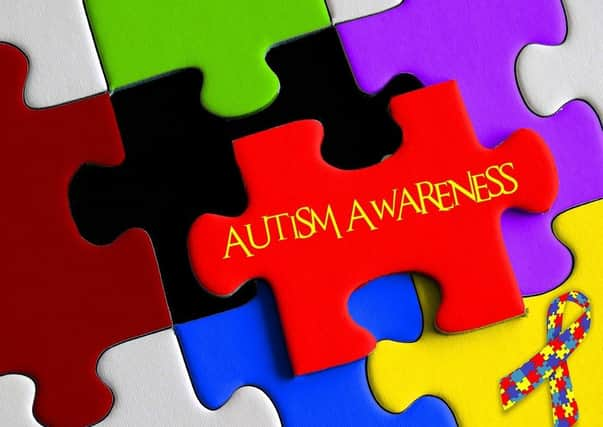Autism prevalence rising but Western Trust rate among lowest in the north


The Department of Health’s annual ‘Prevalence of Autism
(including Asperger Syndrome) in School Age Children
in NI’ shows the prevalence rate in WHSCT was 3.1 per cent. This was the second lowest rate after the Southern Trust (2.1 per cent).
The report’s authors state: “During 2020/21, the highest autism prevalence rate was observed in the Belfast HSC Trust, at 7.2%, and the lowest in the Southern HSC Trust, at 2.1%.
Advertisement
Hide AdAdvertisement
Hide Ad“The Belfast and Northern HSC Trusts had a prevalence rate higher than the Northern Ireland average of 4.5%. The South Eastern, Western, and Southern HSC Trusts were below this average.”
According to the DoH analysis, reported rates of autism and Asperger Syndrome have been rising across the board, however, to a greater extent in some areas.
“The prevalence rate of autism has risen in all Trusts in recent years, however the gap between the Trust rates have also increased.
“This disparity has been raised in the May 2020 NI assembly committee debate where it was noted that further investigations into the reasons behind the disparity should be taken forward,” it observes.
Advertisement
Hide AdAdvertisement
Hide AdOne of the report’s findings is that in nearly every area apart from the west rates are higher in cities and towns than in the countryside and rural villages.
“The difference in the proportion of children identified with autism in urban and rural areas at a regional level was statistically significant.
“This means that it is unlikely that the difference has occurred by chance alone,” the authors conclude.
However, this was not the case in the Western Trust
“The difference in prevalence rate between urban and rural areas was statistically significant during 2020/21 for all but the Western HSC Trust,” the report found.
Advertisement
Hide AdAdvertisement
Hide AdIn rural areas of the Western Trust the autism prevalence rate was 3 per cent while in urban areas it was 3.2 per cent.
In just two of the past twelve years - 2009/10 and 2016/17 - was the difference between rural and urban areas of the Western Trust significant.
The report shows that 1,503 children from Primary 1 to Year 12 received autism diagnoses the Western Trust in 2020/21. This was significantly lower than every other area apart from the Southern Trust where the number was 1,401.
Figures extracted from the 2020/21 School Census show that across the north as a whole 13,401 school aged children had been diagnosed with autism. This represents an estimated autism prevalence rate of 4.5 per cent within the school aged population. This was 0.3 percentage points higher than in 2019/20.
Advertisement
Hide AdAdvertisement
Hide AdThe prevalence rate of autism in girls was 2.2 per cent while the rate for boys was 6.7 per cent. Fourteen per cent of children with autism had no special educational needs while the prevalence of autism was 37 per cent higher in the most deprived decile compared to the average.